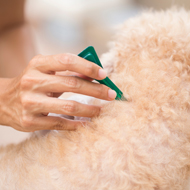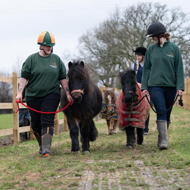Brain activity revealed strong responses in the PAG.
A study has identified the part of a rat’s brain which is linked to laughter and playfulness.
The research required scientists to simulate a play environment for the rats in the laboratory, before measuring the rats’ squeaks and brain activity during play.
To achieve this, the scientists first got the rats comfortable by allowing them a few days to become accustomed to their environment, which they could roam freely.
Once the rats had become comfortable, researchers played games of ‘chase the hand’, as well as tickling their bellies and backs.
Although rats do not laugh as humans do, they squeak at an inaudible, high-pitched tone which the researchers monitored to ensure they were having fun.
The rats’ brain activity revealed strong neural responses in the lateral column of the periaqueductal gray (PAG). If the PAG was inhibited, or the rats were in an unfamiliar and anxiety-inducing environment, they stopped laughing and PAG activity was decreased.
The PAG is found in the midbrain, and is acknowledged to control vocalisations and the fight-or-flight response. Play-fighting can also invoke the fight-or-flight response, which may explain why the PAG is involved.
Senior author Michael Brecht, a neuroscientist at Humboldt University of Berlin, said: “We know that vocalisations such as laughter are very important in play, which supported the idea that there is some sort of organisation signal in the brain regulating this behaviour,
“For example, children check for laughter when they play-fight with each other. If their playmate isn’t laughing anymore, they stop fighting.”
The researchers plan on seeing if they can observe similar activity in the lateral column of other animals, as well as seeing how different play habits affect the way the PAG develops in young rats.
Dr Brecht said: “A lot of people think that play is childish or not a very decisive behaviour, but play is underrated,
“In my perception of play, it’s a self-training behaviour. Usually, brains serve for controlling behaviours. Play behaviours, however, seem to serve for growing brains.”
The full study can be found in the Neuron journal.
Image (C) Shutterstock






 FIVP has shared a survey, inviting those working in independent practice to share their views on the CMA's proposed remedies.
FIVP has shared a survey, inviting those working in independent practice to share their views on the CMA's proposed remedies.
